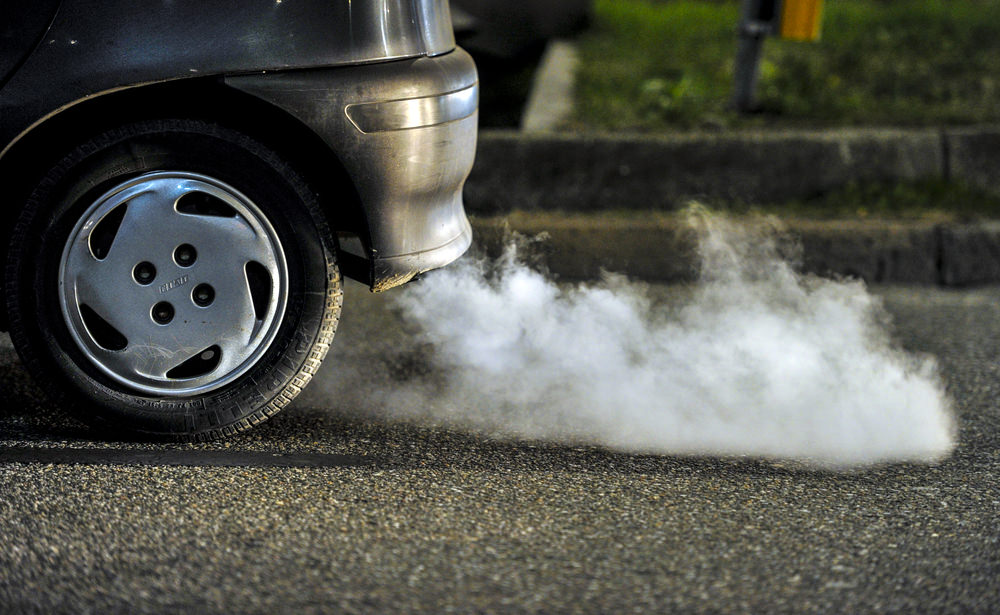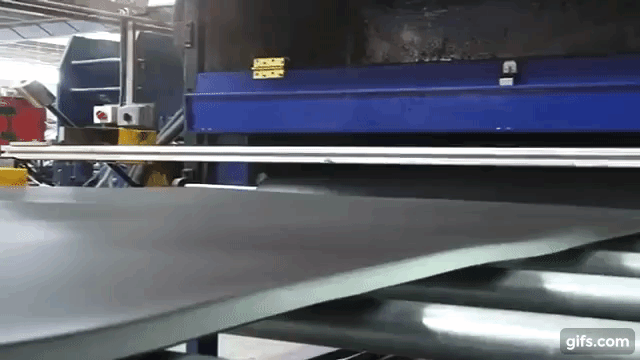In the race to find renewable energy sources to replace traditional fuel, scientists have always struggled with one particular form of energy: heat. More specifically, “Waste heat”, which is generated by cars and electronic devices. For years, current technologies limit how much electricity can be produced from it.
That is, until a team of researchers from Washington State University, led by physicist Yi Gu, have developed a device that’s able to convert heat into electricity three times better than what we have now. They call it the “van der Waals Schottky diode.”

Source: Klar Scientific
Every engineer knows what a diode is, with the most common example of one being LEDs. The second most well-known is the Schottky diode, which is made from semiconductor material being joined with a metal. It’s also known as the “hot-carrier diode”, since like the way an LED caries light forward, the Schottky diode can carry heat forward.
However, this kind of diode has a few limitations that prevents it from converting heat to electricity as efficiently as it could. “When you attach a metal to a semiconductor material like silicon to form a Schottky diode, there are always some defects that form at the interface,” said physicist Matthew McCluskey, co-author of the study. “These imperfections trap electrons, impeding the flow of electricity.”
The research team then decided to try to refine the current Schottky diode by reducing impediments to electricity flow.
What they had created was the van der Waals Schottky diode. Unlike the Schottky diode, this one uses a “multicomponent material” instead of joining metal with a semiconductor. This “material” is called indium selenide, or InSe, with one layer being modified to behave like a metal, and the other to behave like a semiconductor.
Also, unlike the traditional metal-semiconductor pair, InSe does not show any signs of impurities or defects at the interference, allowing electricity to flow through it with 100% efficiency.

Source: CB Insights
While this van der Waals model could potentially become the new standard for converting waste heat to electricity, the team has yet another problem to solve: The cost of it all. Crystalline InSe is too complex and expensive to be used in electronics, so they have to find a way to make it more accessible.
Once they have that figured out, the van der Waals Schottky diode could be well on its way to be a new source of renewable energy.
“In the future, one layer could be attached to something hot like a car exhaust or a computer motor and another to a surface at room temperature,” said Yi Gu. “The diode would then use the heat differential between the two surfaces to create an electric current that could be stored in a battery and used when needed.”
Source:











